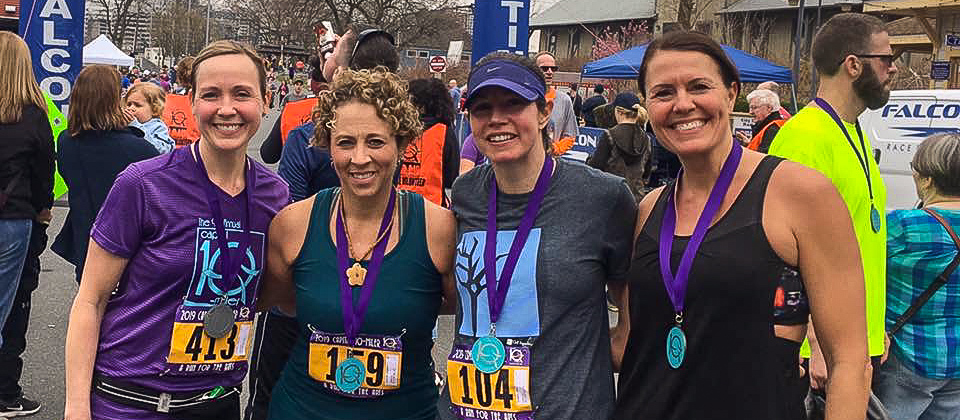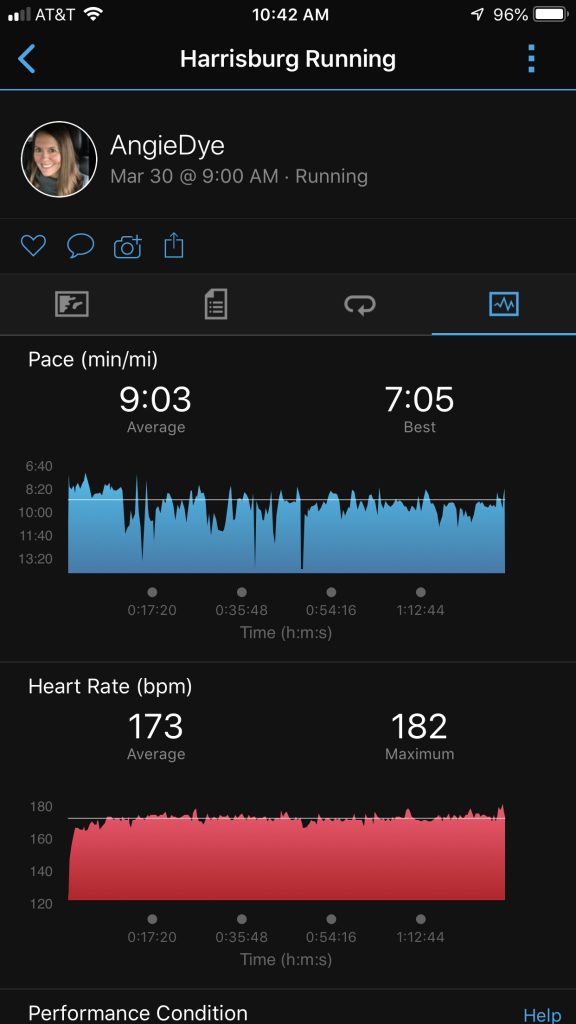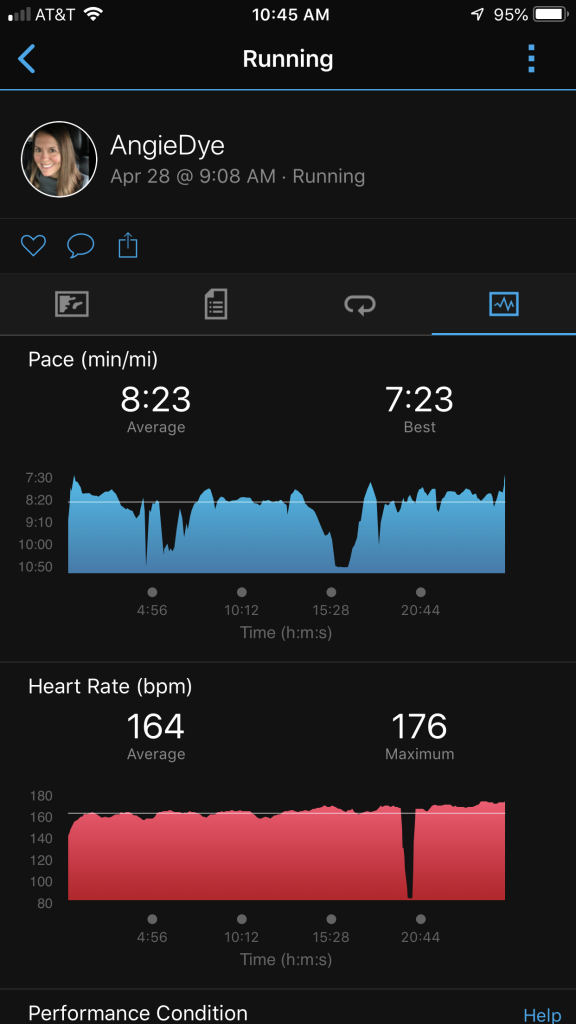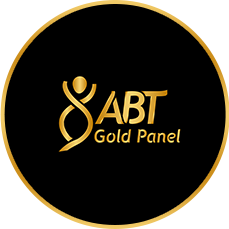Can Blood Tests Help Improve Running Performance?
Sports dietician, entrepreneur, triathlete, runner and mother of three, Angie Dye , shares her experience with ABT.

Have you ever started a race and right off the bat you know something isn’t exactly right?
You hope that you will relax and settle in, but it just doesn’t happen despite great preparation, solid training, good nutrition and adequate rest? This was exactly how I felt at a recent 10-mile race. I went out a bit faster than planned, but I could not understand why I felt as bad as I was feeling. Even after pulling back my pace a bit, the effort never felt easier.

I plowed through the entire 10-miles working in my zone 5 heart rate, yet was barely able to hang on to a pace that was almost a full minute slower than I had planned. My coach was supportive, and congratulated me on a good effort. But even though it wasn’t an A-race, I felt devastated. It was an early season race to test my fitness and I felt like I flunked. I felt like all of my hard off-season training hadn’t achieved the kind of fitness that I wanted. I also felt like maybe something was wrong, because having this kind of result didn’t really make sense.
Somewhere in the misery of that 10-miles, I promised myself I would get some blood testing done after the race to see if there was anything that needed attention. After all, this is exactly what I would advise my clients in my private nutrition practice if I heard this type of story. Since I am lucky enough to have no medical problems, I rarely have the opportunity to get labs drawn.
Athlete Blood Testing
Knowing I would likely be paying out of pocket for these labs, I wanted to get them done with a company experienced in analyzing lab values of athletes. There are a few different companies that provide this service, but a dietitian I admire referred me to Athlete Blood Test (ABT) because they would provide a customized report and analysis of my results.
I signed up to get the “Gold Panel” from ABT, which is their most popular blood test and what they recommend to establish baseline values at the beginning of the season. I was able to find a convenient location to get the labs drawn just a few minutes from the pool where I train. The next day, I was in and out of the lab testing facility in less than 10 minutes, and 3 days later, I received a thorough 11-page document explaining my results.
Vitamin D, Ferritin and Free Testosterone
The most notable findings from the report included poor iron stores, low vitamin D, low free testosterone and a high SHBG (sex hormone binding globulin).



I was not yet truly anemic, but my ferritin (storage form of iron) was quite low.

This could definitely explain some of the poor performance and elevated heart rate in my race. The vitamin D, low free testosterone and high SHBG could all affect my ability to recover properly and could also predispose me to injuries.
Action steps I took after blood testing
I received a very in-depth report, but my main take-away points were to
- Start an iron supplement
- Start a vitamin D supplement and
- Consider my work-life-training balance and see if I could work on quality rather than quantity of training, and perhaps incorporate a bit more rest
Starting the supplements was rather easy. As a dietitian, I am familiar with quality brands and know the specifics on when and how much to take. ABT provides specific recommendations on all of this though, which is very helpful.
Iron Supplements
Having taken iron supplements in the past, I was all too familiar with digestive side effects often caused by them, so I decided to try a liquid form of iron gluconate which I often recommend to my patients who report digestive distress with iron supplements.
Vitamin D supplements
For the vitamin D, I decided to switch back to a probiotic I had previously taken that includes 1000 IU of vitamin D3. I already take the probiotic daily, so this was simply swapping the bottle.
Lifestyle Modifications
The third recommendation is definitely the toughest to implement. With a busy private nutrition practice, 3 active teenage children, 2 dogs and training for a 70.3 and a marathon, work/life/training balance is always a challenge. Isn’t it for all of us? I knew I couldn’t make huge changes here, but clearly I needed to do my best to try to make some little ones. Sometimes this meant leaving dishes in the sink over night, sometimes this meant asking for more help than usual, or squeezing in a 20-minute catnap. It is a work in progress, but I am actively trying to not burn the candle at both ends getting everything done perfectly all the time.
And what has happened so far?

It’s been a little over a month since I started these interventions. I can honestly say that I am feeling amazingly, incredibly better. About 2 weeks into supplementing, my running really started to turn around. I was running faster with lower heart rates almost every time I trained. I felt like I had a new body and kind of a new outlook. I’m not just feeling better physically, but my emotional health and mood seems so much better, too. I have read about this with vitamin D, as well as with iron.
I wanted to share this story because I am a dietitian who thought I was getting all the nutrients I needed from my diet. I was sitting on 2 deficiencies and didn’t know it, and within a few weeks of supplementation I feel dramatically better. The way I see it, 48-year old age group endurance athletes who work full time and have a family are kind of a newer breed. I certainly didn’t know any when I was growing up, did you?
It’s possible we have different nutritional needs than our non-endurance peers. I am sold on the benefits of Athlete Blood Test to help me to continue to navigate my health and performance going forward.



